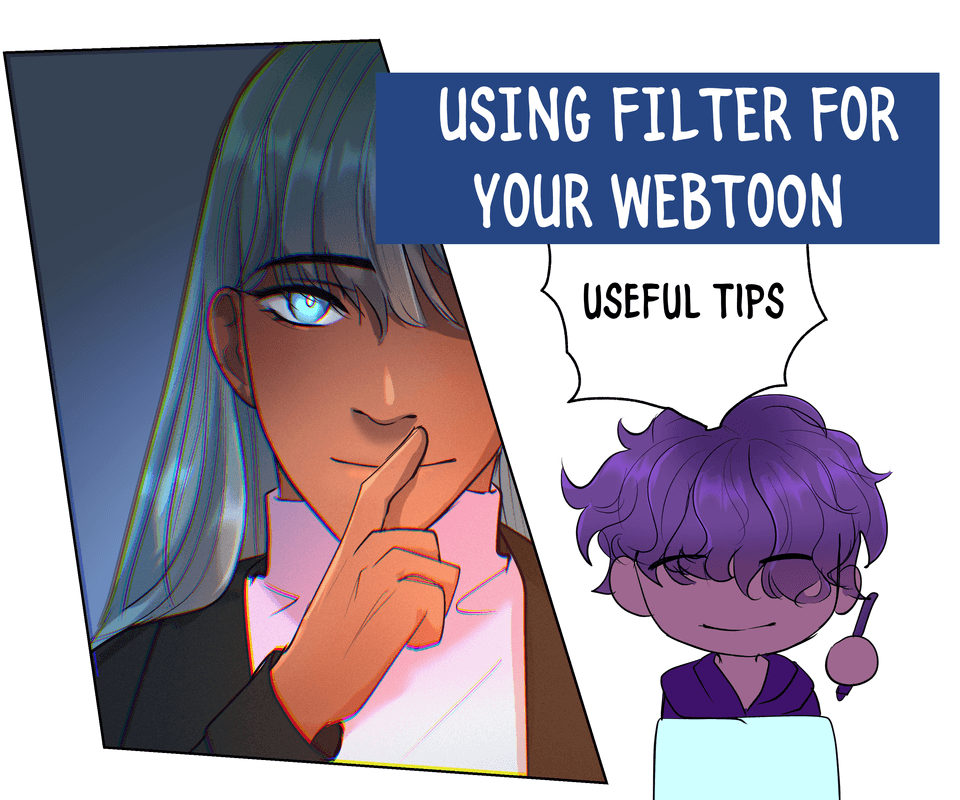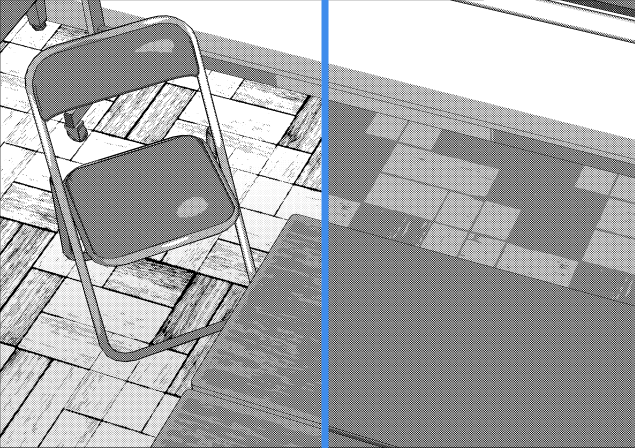MASTER DIGITAL PAINTING! FILL, BLEND MODES AND TIPS
Introduction
Remember that everything in this guide was done before in the video so make sure you don't miss it.
Hello and welcome, my name is Ponkezo and I am a new creator of art and videos related to art, this guide will be very useful mainly for those who are starting in digital art because the fill tool along with other painting functions will be what allow us to reach high-value drawings or illustrations in less time, this guide will also be very useful for those who have always been painted in traditional because the tools that Clip Studio Paint gives us are many and it would be a waste not to take advantage of them for not knowing them, Without further ado, let's go with the guide!
Dar color al line art
To give color to the line art we will have to:
1. Be located on the line art layer
2.The option block transparent pixels must be activated (when activated it will turn blue and the same symbol will appear on the layer of our line art)
3. We can now pass any brush or material to paint, we can paint everything if we want or put different colors while the option block transparent pixels is ON.
Fill Tool
-Refer only to edited layer
Apply to adjacent pixels |on| It will fill regardless if the color next to it is not the same.
Apply to adjacent pixels |off| It will fill all the pixels that are of the same color.
-Close interval
Determines at what width the spaces between lines are ignored
-Tolerance
Determines which color is considered the same
-Area scaling
Determines how much area will be filled
-Multiple reference
It allows us to fill the shape of other layers without them being on the same layer
|off|
|activated|
-Opacity (Like adding more paint or more water in traditional)
Depending on what opacity the lower layers will be seen or not
-Refer to other layers
Almost the same as refer to edited layer but has a couple of extra options
-Exclude
Decide which elements you do not want to fill by excluding them
-Close and fill
We can fill as if we used the lasso tool according to the Target Color that we mark
-Paint unfilled area
We will paint an area in green and Clip Studio will recognize which are the unfilled areas and will fill them automatically
Drawing with the use of the tools explained above:
Fusion modes
They are those that we can use to change our drawing or illustration, they are useful to create effects, give light, shadow or tonal correction.
mix colors
This tool is very useful if we want to make a color palette as we would traditionally, playing with colors looking for our ideal palette or colors.
Color History
All the colors that we use will be saved one after another in the color history
Add Color Sets from ASSETS
On the right side of the color circle we can find "Color sets" and there the symbol of an arrow entering a box will be "Add color set".
"Downloaded Material" and "Search Color Sets in ASSETS", above this will be all the color sets that we found downloaded from ASSETS.
Drawing with the use of the tools explained above:
Hue/Saturation/Lightness
-Ctrl+u
Tone/Color: Yellow, blue, red, etc.
Saturation: Greater or lesser intensity of the color (Navy Blue, Celeste).
Lightness/Value: Dark, Midtone, Light. (Black, Grey, White).
study recommendations
-Theory of color
-Grayscale
-Know what HSV is and its differences (Hue, Saturation, Value) "Color, Saturation; Value".
Closing
If you liked the guide or the video or it was useful to you, remember to like and follow me on my social networks so you don't miss anything new that I publish!
YOUTUBE:
INSTAGRAM:












Comment